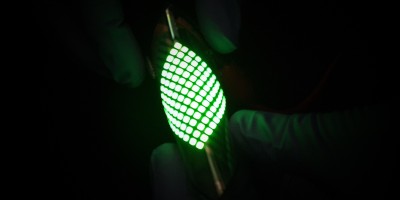Nanoscale glass can be switched between insulating and conducting states, allowing all-glass microfluidic devices to be made.

References
Lee, S., An, R. & Hunt, A. J. Nature Nanotech. 5, 412–416 (2010).
Khandurina, J., Jacobson, S. C., Waters, L. C., Foote, R. S. & Ramsey, J. M. Anal. Chem. 71, 1815–1819 (1999).
Guenat, O. T., Ghiglione, D., Morf, W. E. & de Rooij, N. F. Sens. Actuators B 72, 273–282 (2001).
Kirby, P. L. Br. J. Appl. Phys. 1, 193–202 (1950).
Morf, W. E. Talanta 26, 719–725 (1979).
Author information
Authors and Affiliations
Rights and permissions
About this article
Cite this article
Eijkel, J., van den Berg, A. Bridges between two worlds. Nature Nanotech 5, 387–388 (2010). https://doi.org/10.1038/nnano.2010.113
Issue Date:
DOI: https://doi.org/10.1038/nnano.2010.113
- Springer Nature Limited


